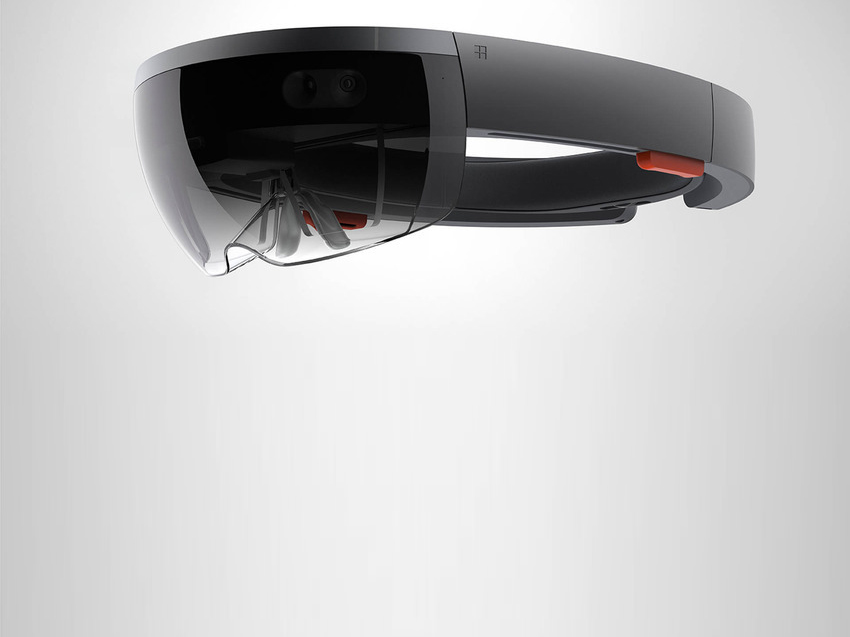A Preview of Microsoft’s New Holographic Goggles

Microsoft Corporation has been hard at work for several years developing their latest breakthrough in computing technology. Project HoloLens is a head-mounted holographic computer, similar to Oculus Rift, but with far more powerful capabilities.
Project Hololens has an all-new interface—one that can be controlled by voice commands.
For example, Project HoloLens (also known as “Baraboo”) has the ability to transport the user, via holographic display, to the surface of Mars. The user can “walk” on Mars and can even be joined by other users in different locations with all connected individuals being able to see and hear each other. The possibilities for team-based simulations are almost endless.
A possible real-world use for this device could take the form of virtual communication concerning the repair of a malfunctioning widget. In reality, the repairman could still be in bed in his own house, but, in the virtual reality world of Hololens, that person could be standing right beside you walking you through what you should check to determine the exact problem, even to the point of drawing virtual arrows and circles to show you what you should do to make the repair.
Another feature of this technological marvel is the capability to allow the user to connect to all his or her devices/apps from wherever they happen to be at that moment. The holographic screen projects an image of said app into the air, allowing the user to “tap” the display the same way he or she would on a physical device.
But wait… there’s more! Users will also have the ability to sculpt virtual toys, such as snowmen, Barbie dolls and Marvel action figures, and then print them out using a 3D printer. Rapid prototyping just took a huge leap forward.
Project HoloLens works by allowing the brain to interpret light signals as matter. Light bounces around violently in what the designers have dubbed the “light engine” of the device. This light then filters its way into the goggle’s eyepieces, where it bounces between multiple layers of green, red and blue glass before finally entering your eyes. All of these “special effects” create the illusion of 3-dimensional matter.
Microsoft plans to release Hololens in the spring of 2015. While Magic Leap, the Google equivalent, is expected to be released at approximately the same time, Google declines to comment on the progress of the gadget’s production.
